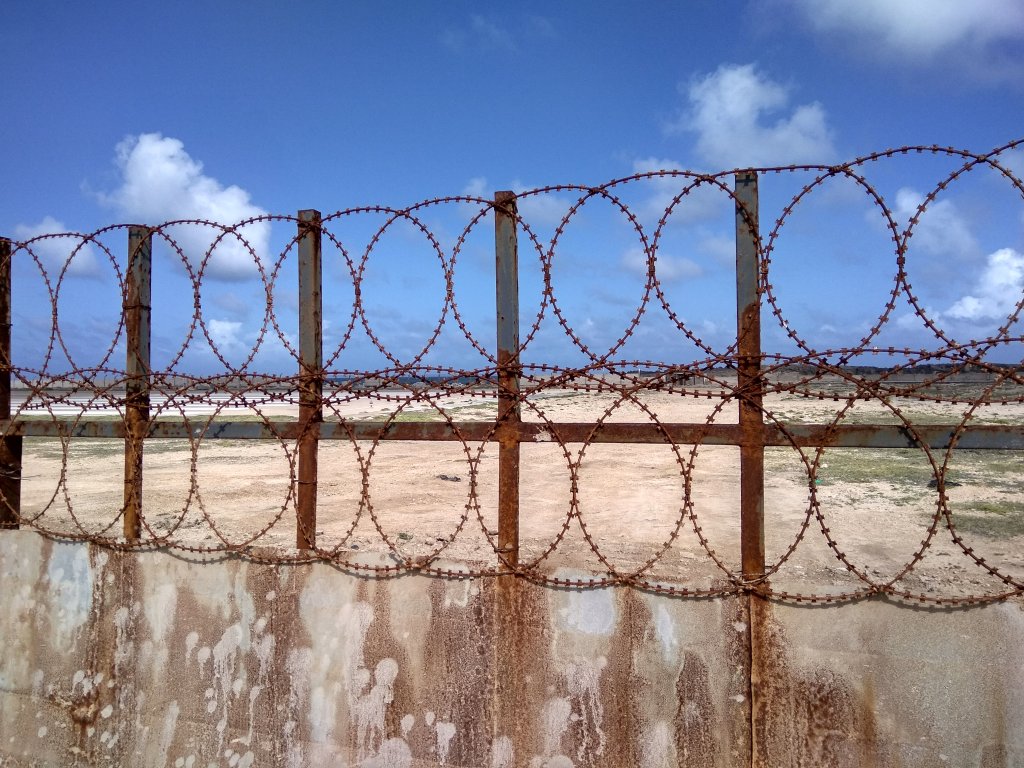
International green zones like Baghdad’s ‘Emerald City’ or Kabul’s ‘Kabubble’ are usually understood to be insular, ‘bunkerised’, and sealed off from the outside world. However, my research with private security contractors in Mogadishu shows that these enclaves are far more porous than we assume.
In a recent article in Security Dialogue, I argue that international enclaves have an inherent ‘plasticity’ that is not captured by the motif of the bunker. Mogadishu’s green zone is populated by a diverse and fluctuating array of actors, including African Union Peacekeepers, UN agencies, diplomatic staff, various humanitarian actors and ‘frontier’ businesses. The image of the bunker aptly describes the physical and psychic experience of many of these individuals. However, private security contractors, often overlooked in the wider literature, tend to spend more time in these spaces, have less restrictions on their mobility and can reach ‘outside the wire’ in ways that many of these more transient international workers cannot.
In the article, I explore how these security contractors often assume the role of gatekeepers: ferrying high-profile diplomats between secure compounds, meeting and greeting wide-eyed aid workers at the airport, or providing sanitised security briefs to international agencies. I highlight in particular their use of risk mapping as an important technique that doubly reproduces the city as ‘red’ and the international enclave as ‘green’. These exercises also have their own internal logic, effectively allowing security contractors to define and measure their own success. Security contractors are therefore heavily invested in the binary image of a safe green zone and a dangerous and unpredictable red zone, because it confers power and legitimacy to them and their actions.
The paradox, however, is that in playing the role of the gatekeeper, security contractors frequently transgress the boundaries of the green zone. Beyond the façade of the self-contained enclave, their mobility is reliant on ‘local’ and diasporic Somali partners who navigate the complexities of Mogadishu on their behalf. Indeed, some contractors have emerged as opportunistic power brokers connecting Somali entrepreneurs to international resources within the green zone. In turn, these Somali partners may invest and profit not only from security, but also from the commodification of (exclusive) entertainment and hospitality within the green zone. As investment has intensified, increasing numbers of Somali (and East African) circulate into the green zone to work as cooks, cleaners and couriers, thereby rendering it ever more porous.
Through the example of Mogadishu, this article helps us to rethink spaces of international intervention, and the everyday practices of the actors within them. The idea of a sealed off, bunkerized green zone is actively produced by and to the benefit of multiple actors residing outside as well as inside the blast walls. However, taking this binary for granted risks obfuscating the complex relationships and practices that cut across the green zone’s apparently neat boundaries.